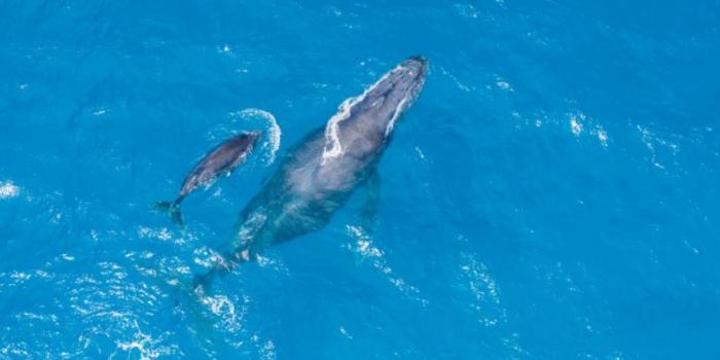Africa-Press – Kenya. On Tuesday, January 5, American news network CNN published an article on the growing marine tourism industry in Kenya focussing on the migration of humpback whales in the Kenyan waters.
The phenomenon is now synonymous with the coastal town of Watamu, located 140KM north of Mombasa.
The article titled, The woman who found whales in Kenya referenced a British lawyer Janes Spilsbury who 10 years ago sought to prove the existence of the dolphins and whales sightings in the area after hearing tales from local fishermen.
“We literally came from a point of zero information and zero awareness, it seems ridiculous to imagine that nobody knew that the dolphins or whales existed here,” she was quoted by the publication.
A section of Kenyans was up in arms over the insinuation that the foreigner ‘discovered’ the creatures in the area despite locals having spotted them decades prior – albeit without any photo evidence.
“I knew about whales and dolphins in Watamu more than 19 years ago. So saying that this lady discovered our dolphins is pure incompetence. More so, the fishermen there knew about their existence,” Habiba Abdi noted.
BBC journalist Ferdinand Omondi sarcastically commented on the feature ‘thanking’ the foreigner for her ‘discovery.’
“Behold the (white) woman who found whales in Kenya, according to CNN. She discovered them as recently as 10 years ago, says the story and even the Kenya Wildlife Service wasn’t aware. We are so grateful,” he stated.
In the article, Spilsbury who helped found the Watamu Marine Association stated that she learned about the dolphins in a casual manner.
“We were amazed because no-one knew there were dolphins out there, not even the Kenya Wildlife Service (KWS).
“It was as simple as talking to a fisherman at the bar and asking if he’d seen any humpback whales and he said ‘Sure, we’ve seen them for 30 years,'” she divulged.
Every year, Humpback whales migrate 4,000 kilometres from Antarctica to warmer climates, congregating in Kenyan waters between July and August to calve and mate.
In 2020, the Kenya Tourism Board positioning both the annual Wildebeest Migration in the Maasai Mara and the Whale Migration in the coastal region as a unique natural tourism experience in an initiative dubbed the “Twin migration” because of the simultaneous occurrence of the phenomenon.






